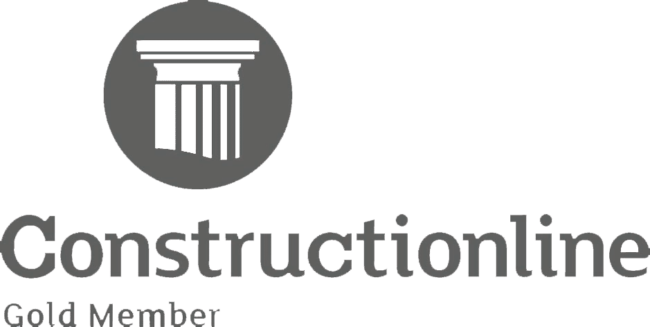Water and Sewage Treatment Plants
The water industry is investing significant funds to improve aging infrastructure, address climate change, and emerging contaminants, and reduce energy consumption. By 2030, the investment in water and sewage infrastructure is expected to double to £96 billion.
To support this ongoing investment, Technics has partnered with a leading engineering firm who are working across six major frameworks in water and wastewater solutions.
To date, we have successfully delivered multiple projects in Nottinghamshire, Hampshire, Greater London, Kent and Surrey. Additional Ground Investigation projects will be started in early 2024.
When we first consulted with the client, it was clear that the existing as-built information for each project was limited. Therefore, our objective was to provide comprehensive data on the site assets including all the utilities beneath the ground. This accurate data will support the proposed redevelopment works to upgrade and install the required infrastructure. It will also reduce the risk of any cable strikes for the new utility routes.
Water and Sewage treatment plant sites can be hazardous working environments, therefore, all Technics staff attended specific courses to attain the necessary certification to work safely on site. These included Thames Water Passports and EUSR National Water Hygiene Pass.

The sites remained fully operational throughout the survey works, therefore, the experience we have gained in working within complex environments ensured no disruption was caused throughout the project programme.
The type of sites varied from Reservoirs, Water Treatment Works (WTW) or Sewage Treatment Works (STW). The reservoirs tend to require vast areas to be surveyed with varying densities of assets both above and below ground. The WTW and STW are similar but with a higher density of utilities.
Technics has extensive experience working on major infrastructure projects in complex environments. By gaining an understanding of the client’s objectives and the complexities of the sites from the beginning, our team can adapt the survey technology and methodologies to suit. This resulted in delivering 3D topographic surveys along with PAS 128 Type B utility surveys. Utilising both EML and GPR technology, a quality level of M2P and M3P was achieved across many of the sites. However, for the more open expansive areas with no planned development works and fewer utilities, we reduced the quality levels to M2.
The quality levels are dependent on the surveyors’ approach and confidence while working on-site, as well as the data processing team. Our professional process involves cross-referencing record drawings, gaining site knowledge, and the number and type of detection technology available. With this professional approach, the client and design team can trust in the information provided, which is at the core of Technics’ mission.
To find out more about the full range of services Technics offer please visit Our Services pages. To discuss your project with us, please call one of our offices to speak to our Customer Relationship Managers or email enquiries@technicsgroup.com.



